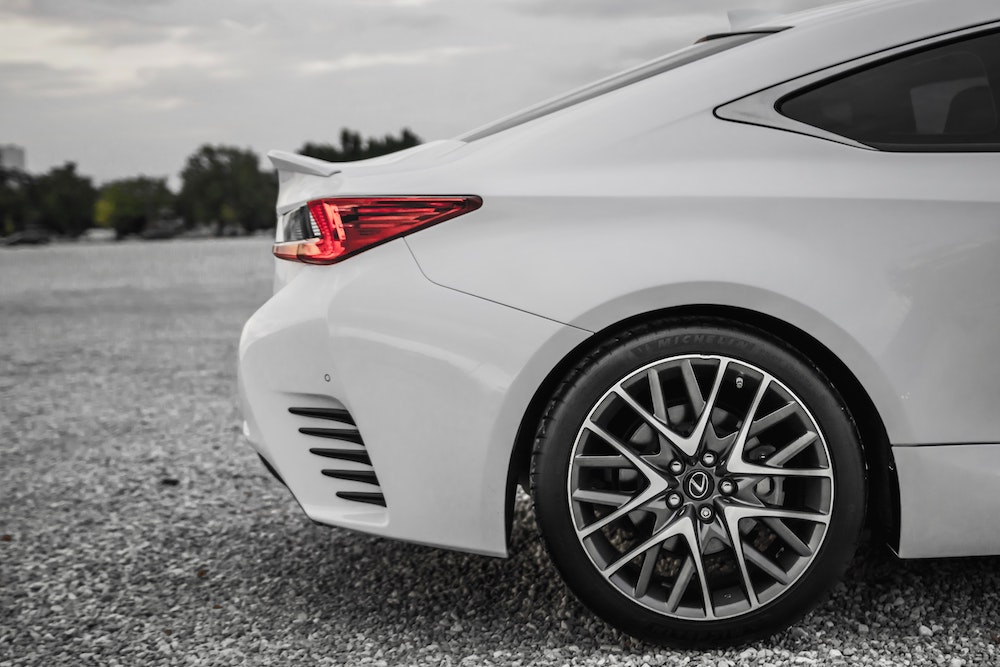In the automotive market, the last few years have been characterised by huge amounts of technological disruption. The effect of Covid-19 lockdowns and silicon shortages have made managing supply chains incredibly difficult. And then we have the revolution that is the battery electric vehicle, whose popularity has been swelling in recent years.
One trend that perhaps hasn’t gotten the attention it warrants has been the slow rise of the build-to-order car (which you might see described as a ‘factory order’ car). This business model threatens to fundamentally change how new cars are manufactured – and the wider effects may be seismic.
What are built-to-order cars?
Traditionally, a manufacturer will produce vehicles in every variety that’s going to be sold. This means less communication is necessary, and that sales can be made more quickly. After all, it might well be that there’s a car available that suits your needs, and you might be able to drive it off the forecourt immediately.
🏆
The 2024 Creative Retail Awards are open for entries.
The Creative Retail Awards are much more than a mere accolade; they represent the pinnacle of achievement in the retail industry. Garnering a nomination or winning one of these awards is a testament to innovation, excellence, and leadership.
www.creativeretailawards.com
A build-to-order model involves the customer specifying what’s required, right down to the trim and the colour. Once the order form is filled in, the manufacturer can begin work creating the vehicle to the exact specifications outlined. In some cases, customers can change their minds before the order is finished: your freedom to do this will tend to be outlined in the contract you sign.
Why is this change happening?
Build-to-order has been widespread in Europe for a while. But now its appeal is spreading to every corner of the globe, thanks in large part to the shortage of vehicles ready to go in the current market. If customers are going to have to wait weeks or months for a new car, then many of them might well decide that they’re willing to wait a little bit longer in order to get the car they really want.
How might build-to-order impact the wider industry?
If the pivot towards build-to-order is widespread and lasting, then it’s going to inevitably have ripple effects which spread across the industry.
Firstly, build-to-order means that retailers need to keep fewer vehicles available on stock. This means that premises for car sales branches need not be quite so big. In many cases, there might be a select few models kept to hand for testing and display purposes, and little else. This will, in turn, help to lower premiums for motor trade insurance. After all, if there are fewer physical assets to insure, the risk of a pay-out is lowered.
Build-to-order might favour smaller manufacturers, who find it more difficult to keep stock at thousands of different places across the world. Repair shops, too, might find their businesses impacted – since a culture which insists on making customers wait may force them to repair a given vehicle rather than buying one new.



















